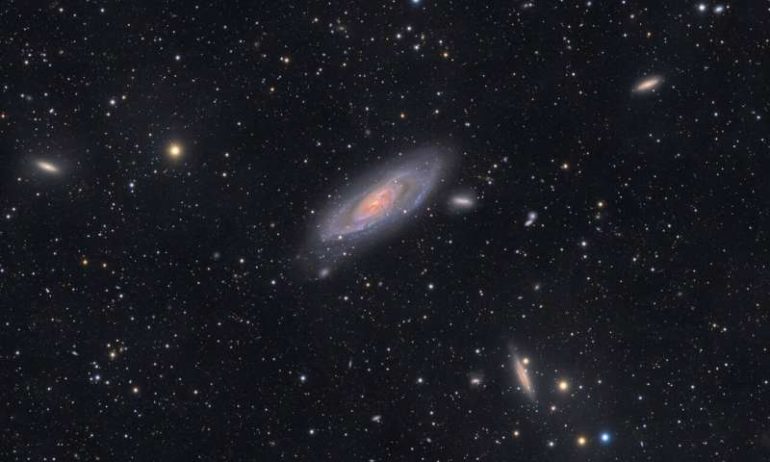The Earth, solar system, the entire Milky Way and the few thousand galaxies closest to us move in a vast “bubble” that is 250 million light years in diameter, where the average density of matter is half as high as for the rest of the universe. This is the hypothesis advanced by a theoretical physicist from the University of Geneva (UNIGE) to solve a conundrum that has been splitting the scientific community for a decade: At what speed is the universe expanding? Until now, at least two independent calculation methods have arrived at two values that are different by about 10% with a deviation that is statistically irreconcilable. This new approach, which is set out in the journal Physics Letters B, erases this divergence without making use of any “new physics.”
The universe has been expanding since the Big Bang occurred 13.8 billion years ago—a proposition first made by the Belgian canon and physicist Georges Lemaître (1894-1966), and first demonstrated by Edwin Hubble (1889-1953). The American astronomer discovered in 1929 that every galaxy is pulling away from us, and that the most distant galaxies are moving the most quickly. This suggests that there was a time in the past when all the galaxies were located at the same spot, a time that can only correspond to the Big Bang. This research gave rise to the Hubble-Lemaître law, including the Hubble constant (H0), which denotes the universe’s rate of expansion. The best H0 estimates currently lie around 70 (km/s)/Mpc (meaning that the universe is expanding 70 kilometers a second more quickly every 3.26 million light years). The problem…


